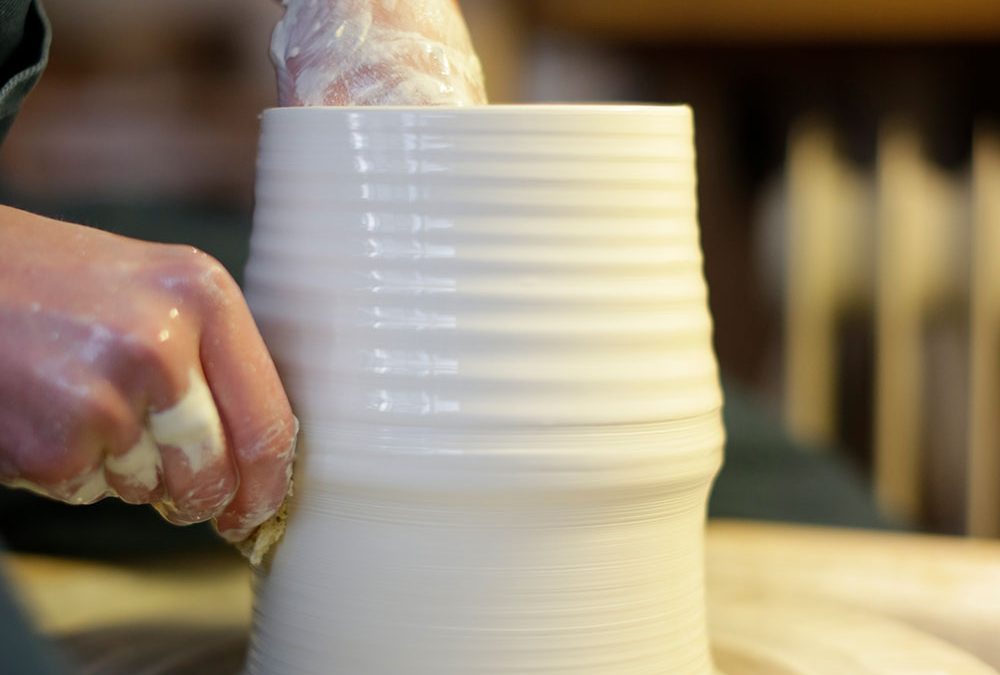Marks and Traces of the Maker
What each craft-person brings to their craft is unique – the way that they make, their choice of materials, their creativity, all influence and define their work. Shape, colour and the inherent texture of materials, details in the finished edges, rims, folds and stitches used – each piece bears witness to the delicate traces and the marks that the maker leaves behind.
A material’s properties connect maker with user
Nowhere is the mark of the maker more evident than in the discipline of ceramics. The elemental nature of clay is firmly rooted in our consciousness, a material used for thousands of years in the making of vessels and utilitarian objects for the home. Ceramicists talk of the meditative qualities of working with clay and the articulation of ideas through the hands.
In Emma Lacey’s Everyday range, she leaves a subtle dent that allows us to experience the softness of the clay just after it is thrown on the wheel. ‘I love the thought that the material properties of an object connects the maker’s experience to that of the person using it’ says Emma.
Leighan Thomas makes marks that are influenced by nature, a slight twist in a vase and dent in the clay gives an organic tactile quality to her work. Jo Davies exploits the delicate properties of porcelain with its more fluid and translucent feel – her pieces reflect the shape of her hands as well as her intentions as a ceramicist.
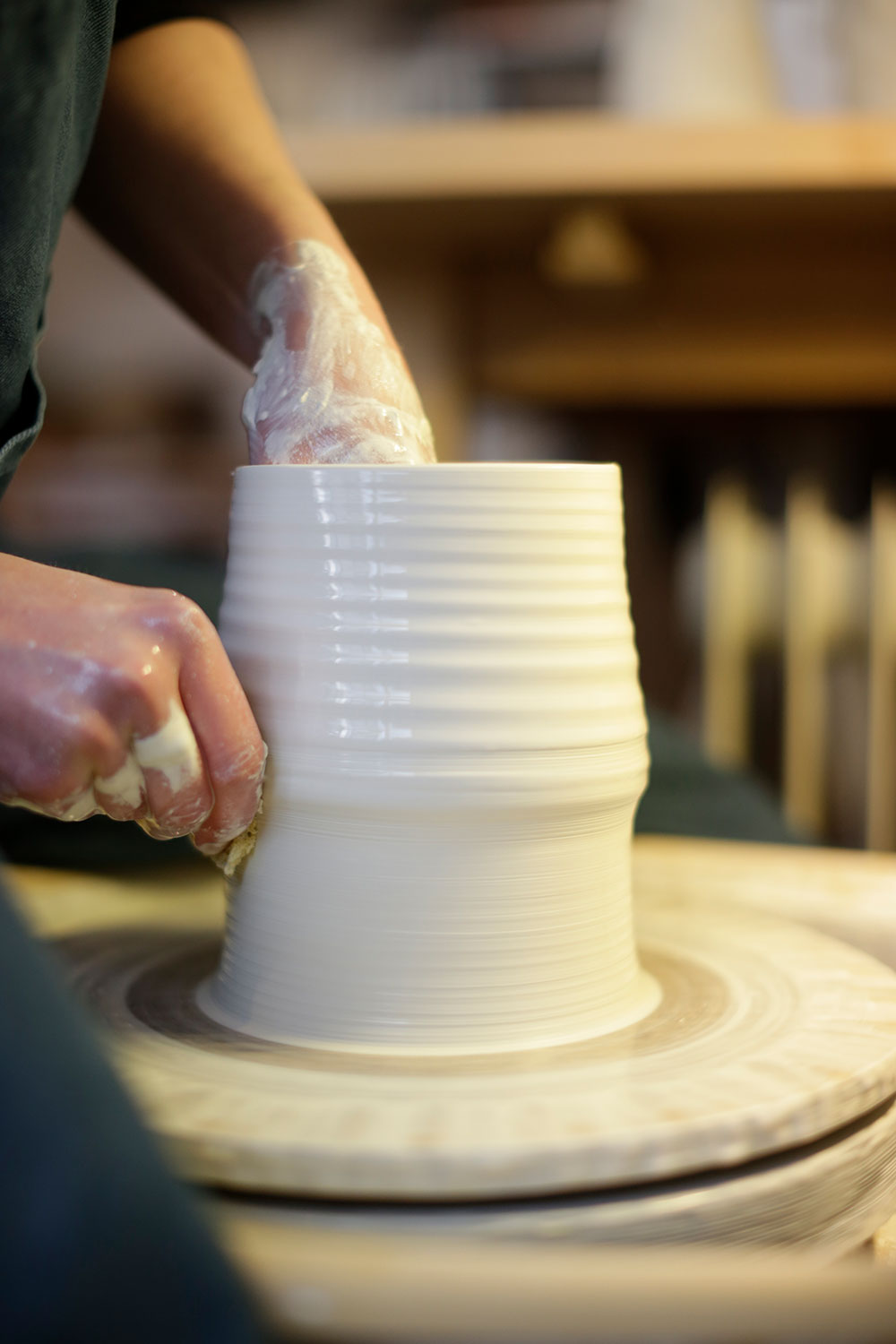
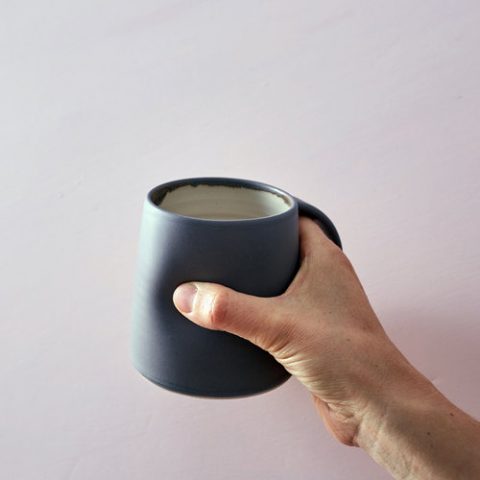
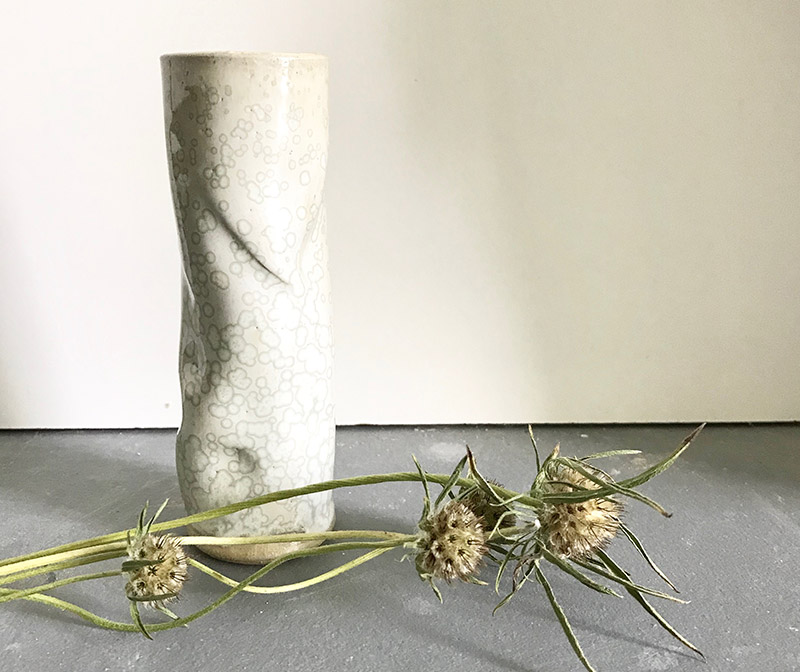
Making their mark – ancient crafts and new techniques
Textile maker Albert Harvey uses hand-block printing one of the most ancient printing techniques. He painstakingly translates his designs into hand-cut lino panels which form the base plate of his blocks. Each press of the hand-held block gives a printed impression that will vary slightly from the last – each leaving its own individual marks. By contrast Abigail Bury’s beautiful rendered botanical designs are printed using the latest digital printing techniques yet she combines this with embroidered stitching to bring areas of the design into relief, altering the colour, texture and feel of the cloth.
In conversation with our weavers, Rhian Wyman, Gaby Devitt and Hana Broughs we appreciate the time taken in planning and setting up their looms, the colours of yarn that they chose for the warps before they even start to weave. Choices of yarn such as silk combined with slubby linen will influence the feel and texture of the woven cloth.
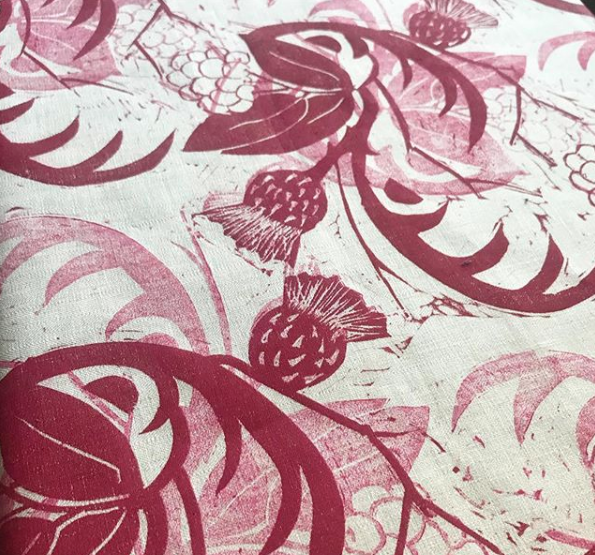
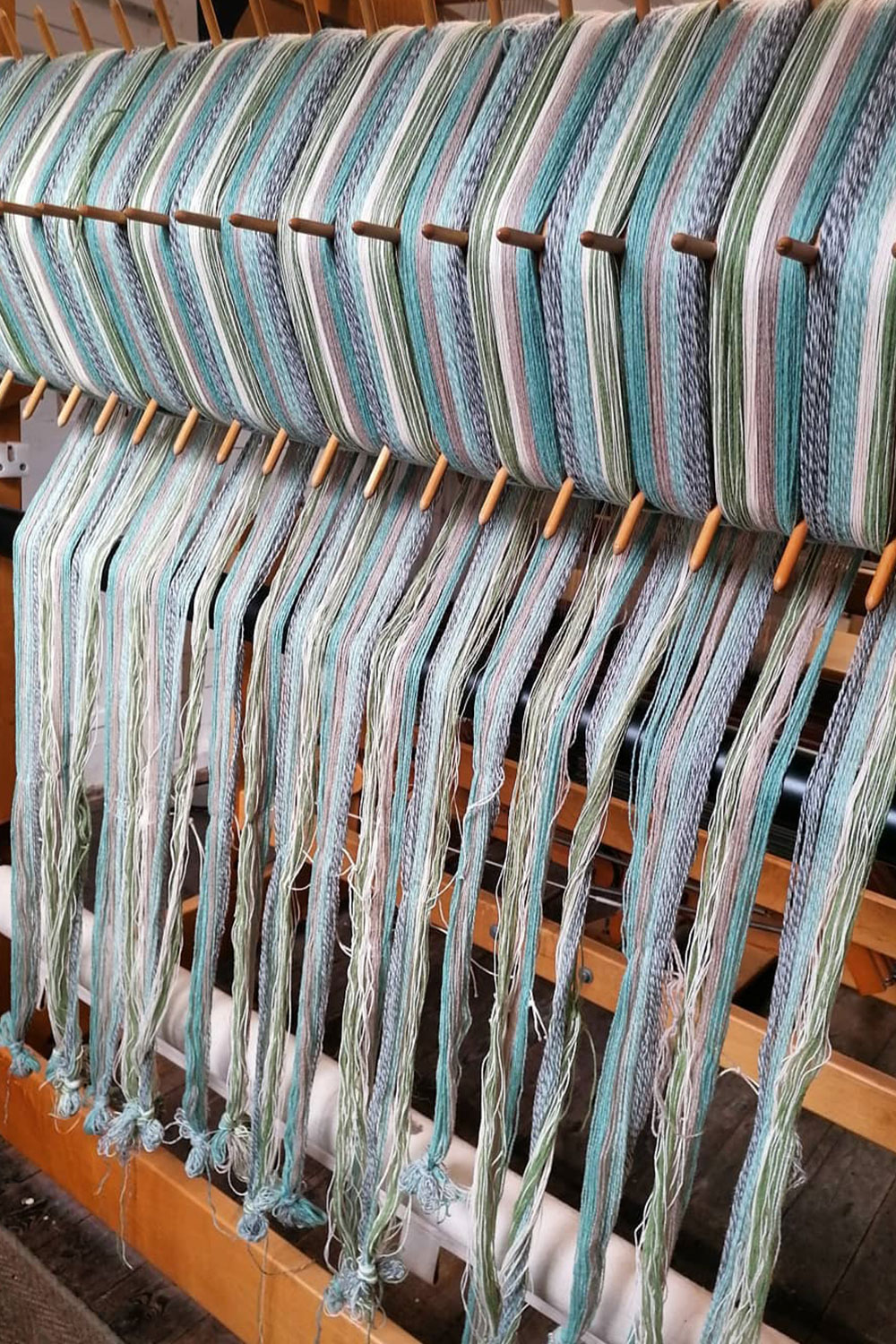
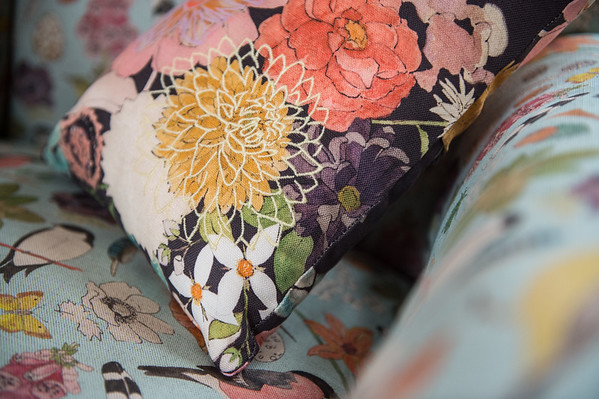
Working with wood is a discipline that clearly reveals the marks of the maker. Wood working tools worked against or with the grain, chiselling into the wood surface, creating joints and detailing, all give rise to the features that become the hallmark of the piece. Whilst the team at Waywood Furniture combine traditional furniture making skills with computer aided design they acknowledge that “it is the commitment of the craftsperson and the marks of making that breathe life into each and every piece”.
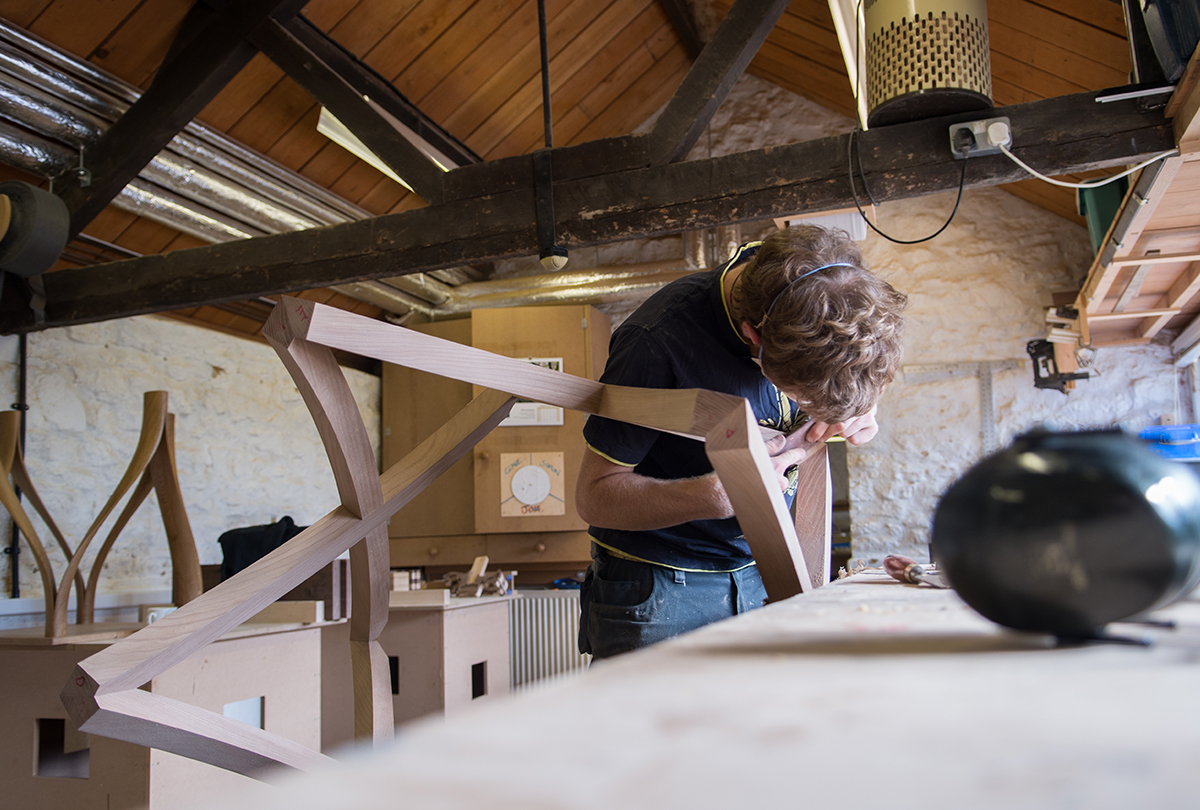

What fascinates and arouses our curiosity in craft, making and the marks of the maker is that fundamentally Craft is an expression of what it is to be human.
